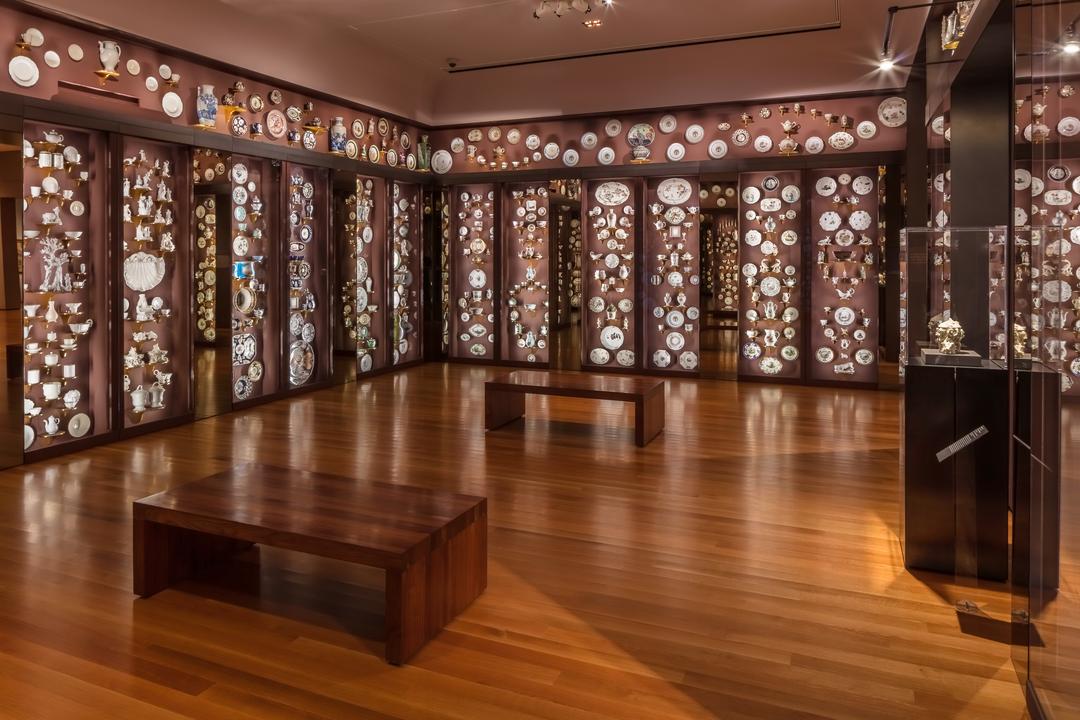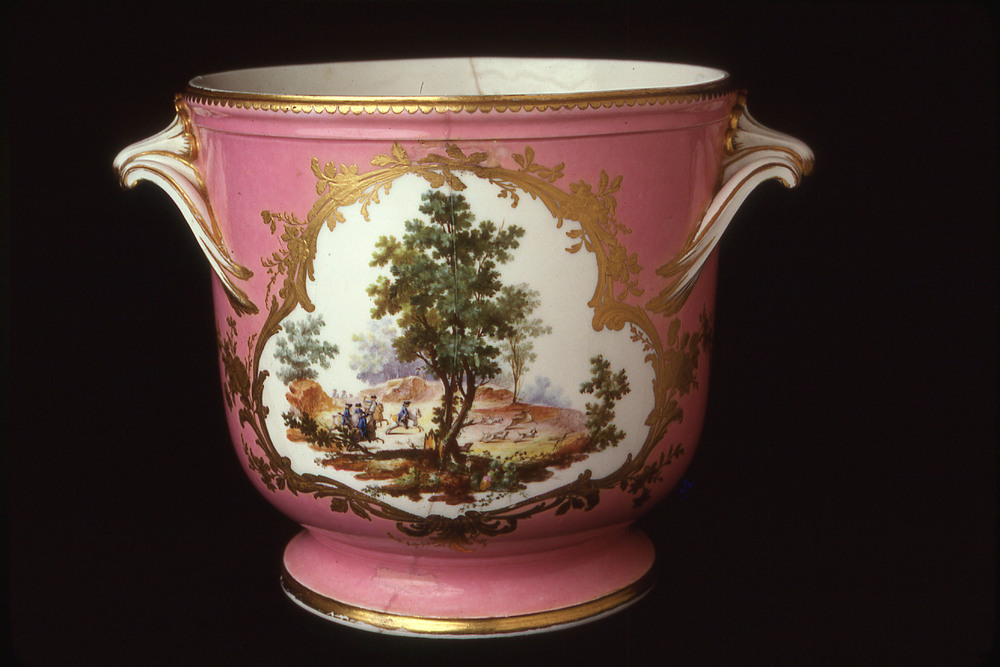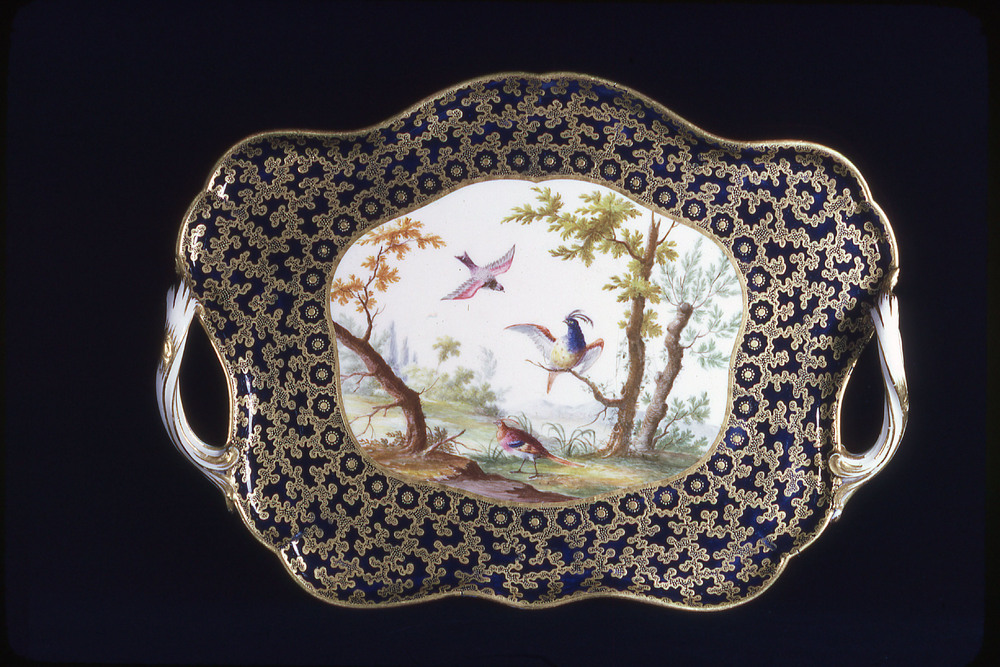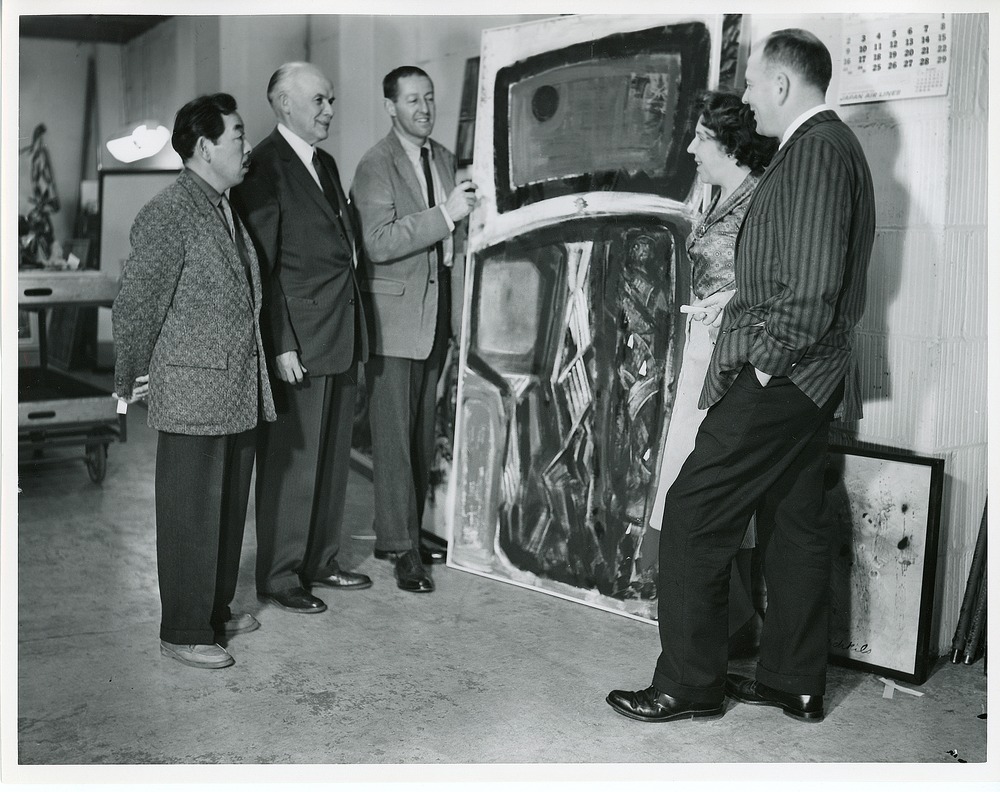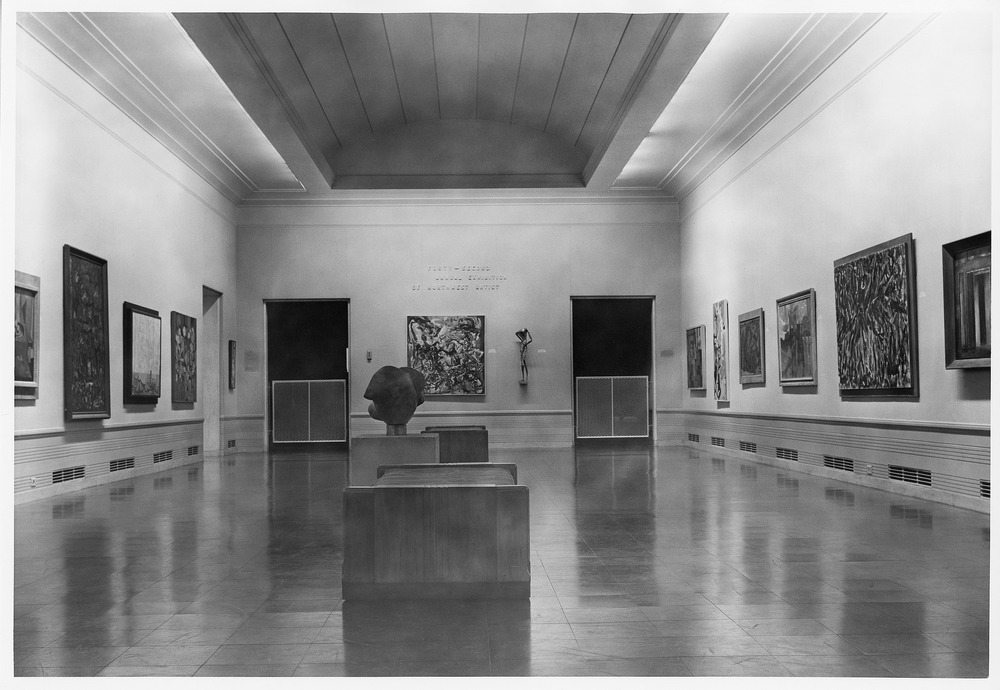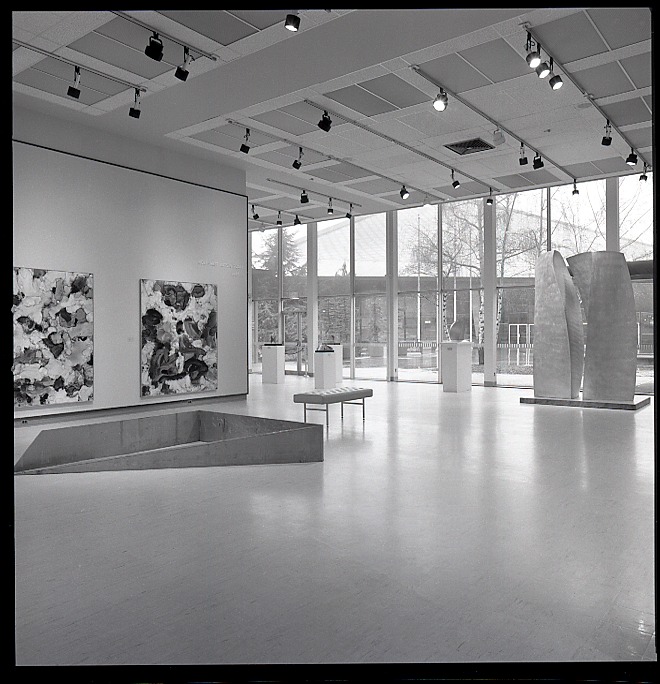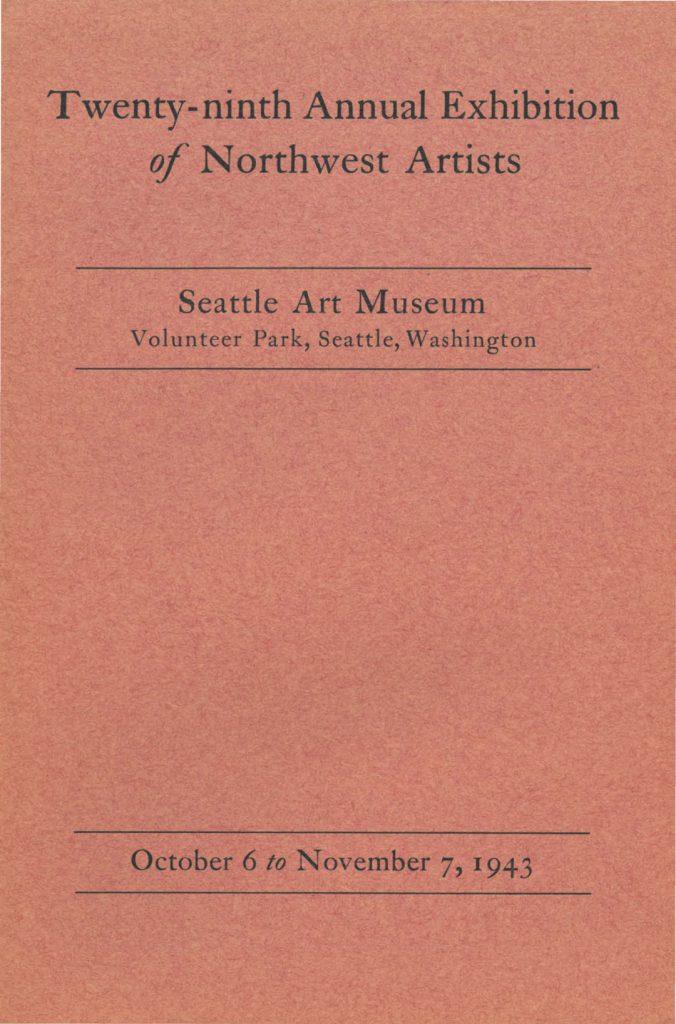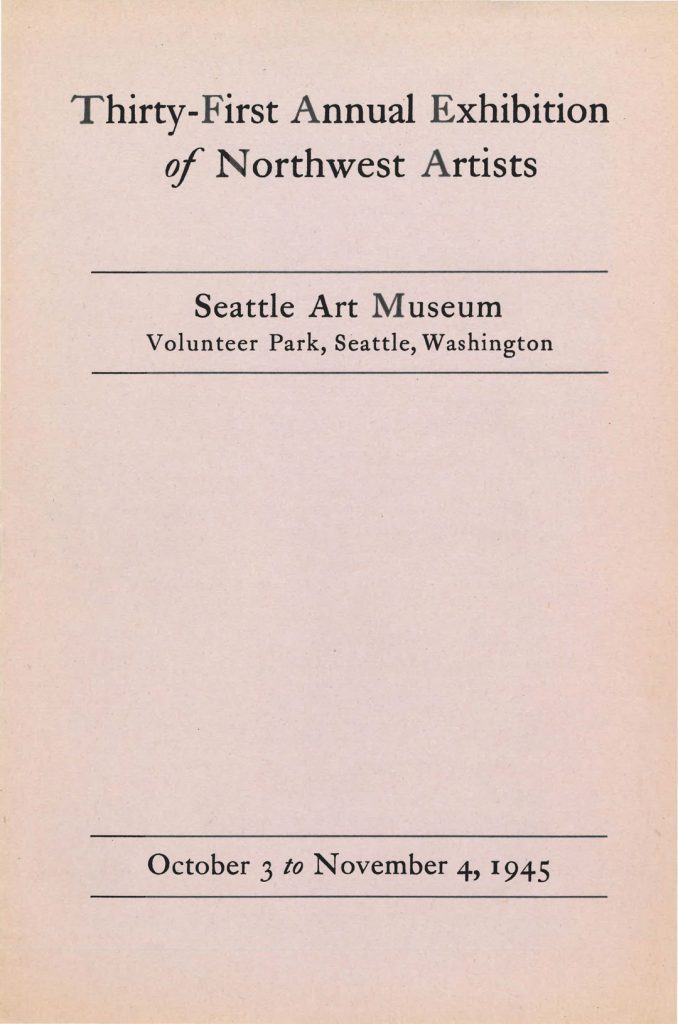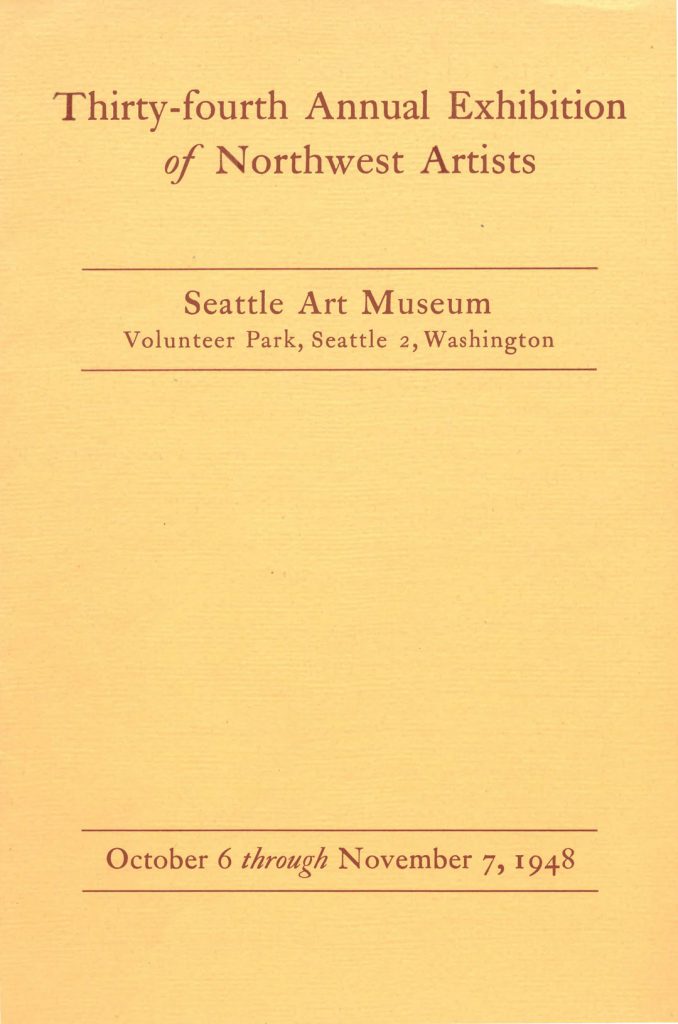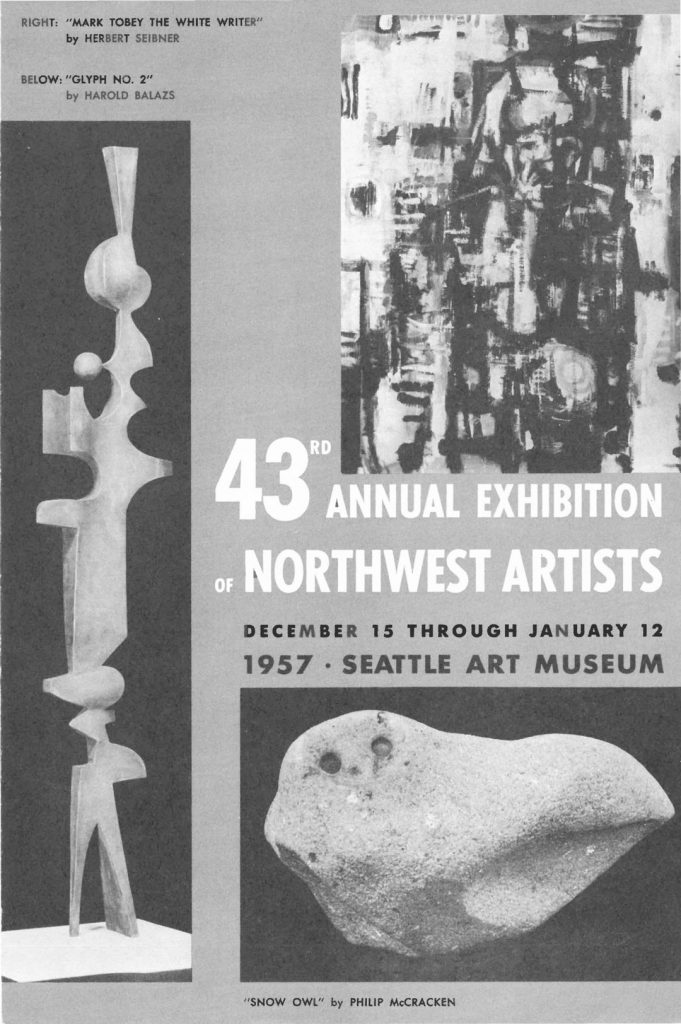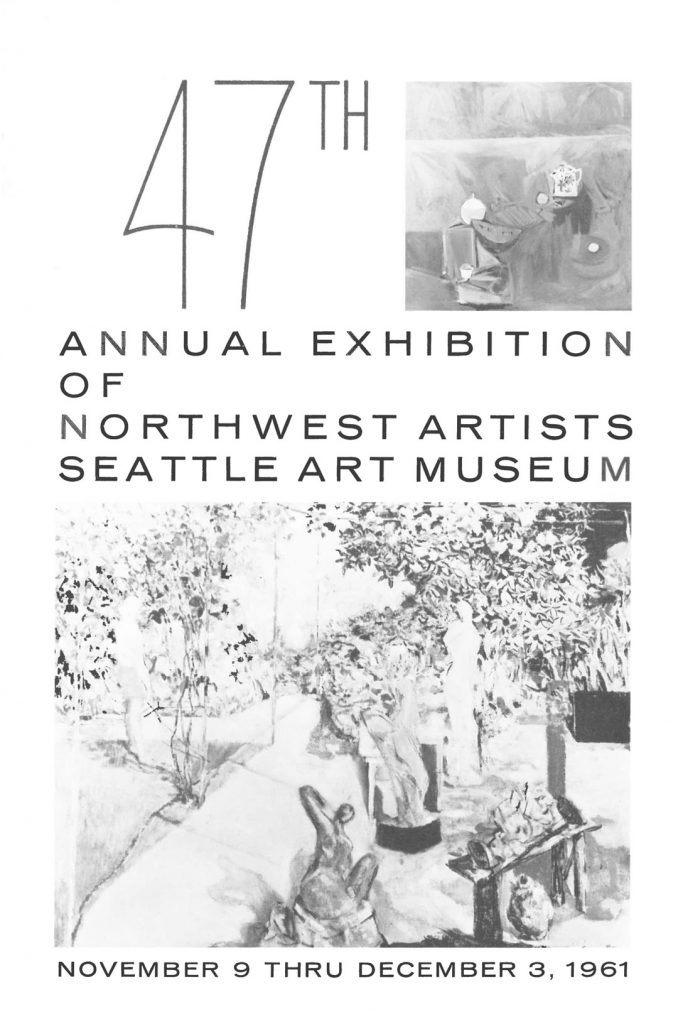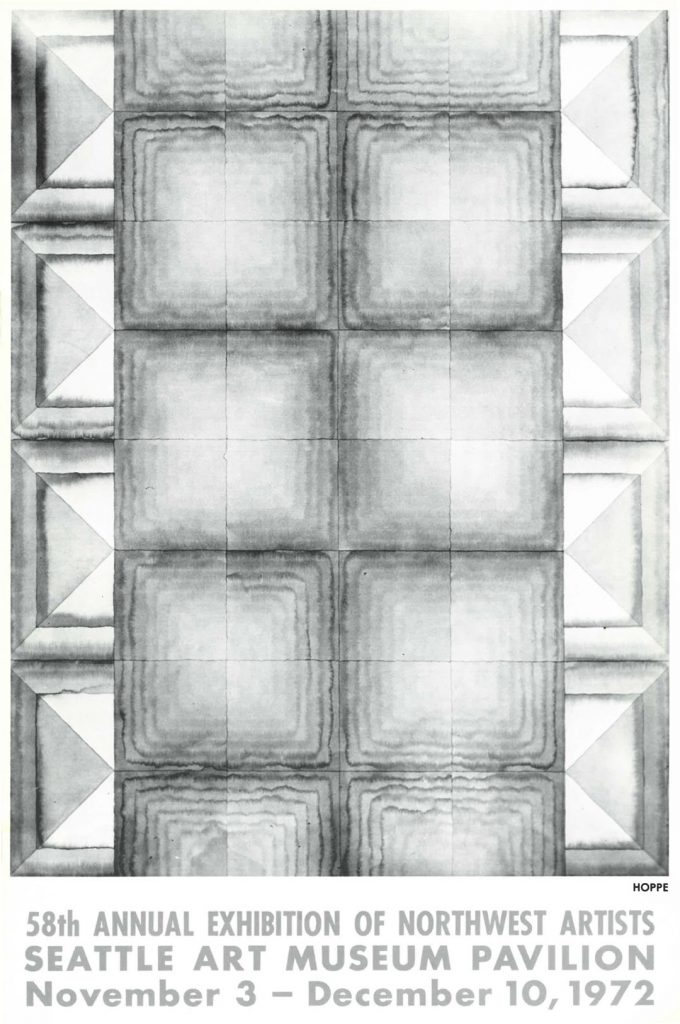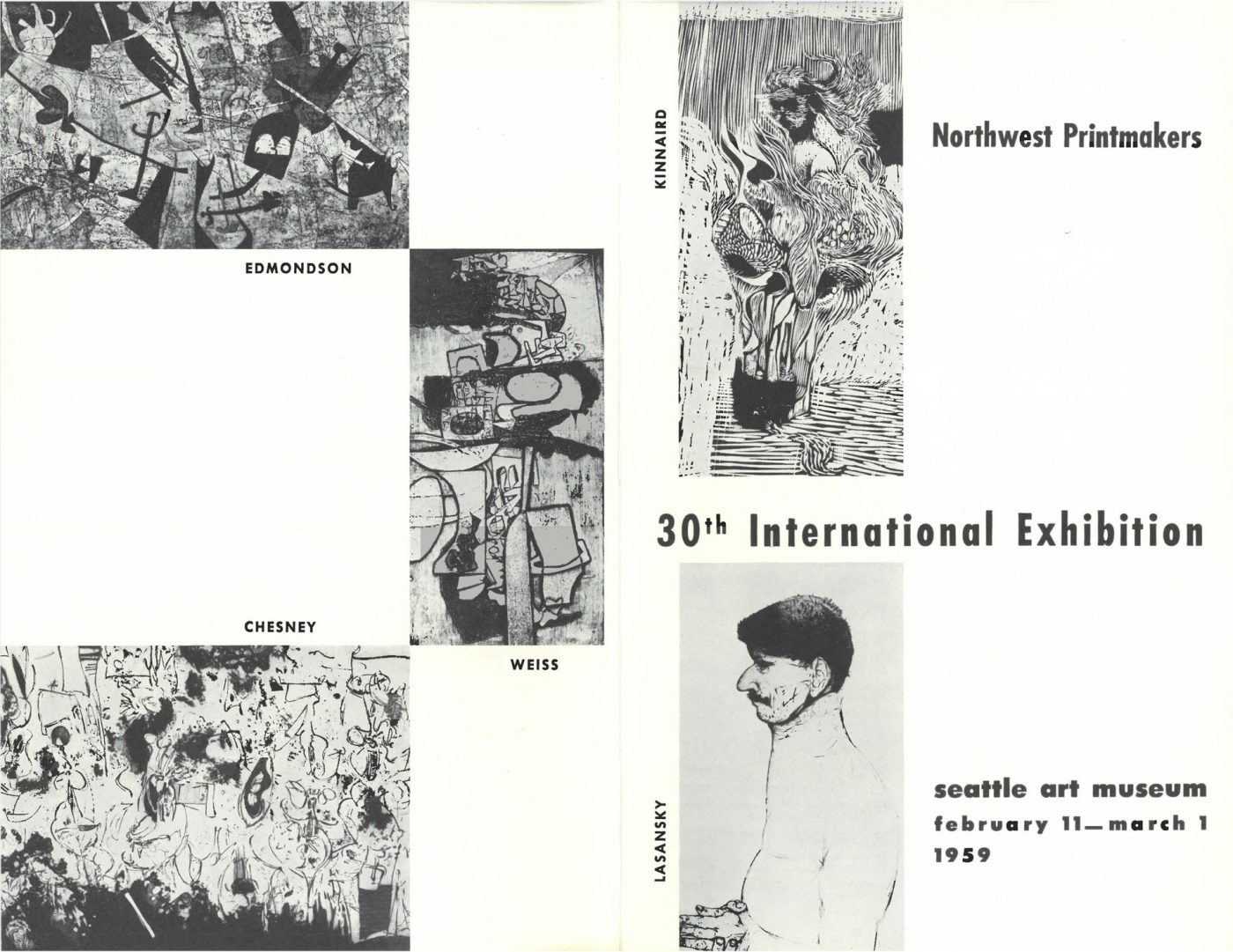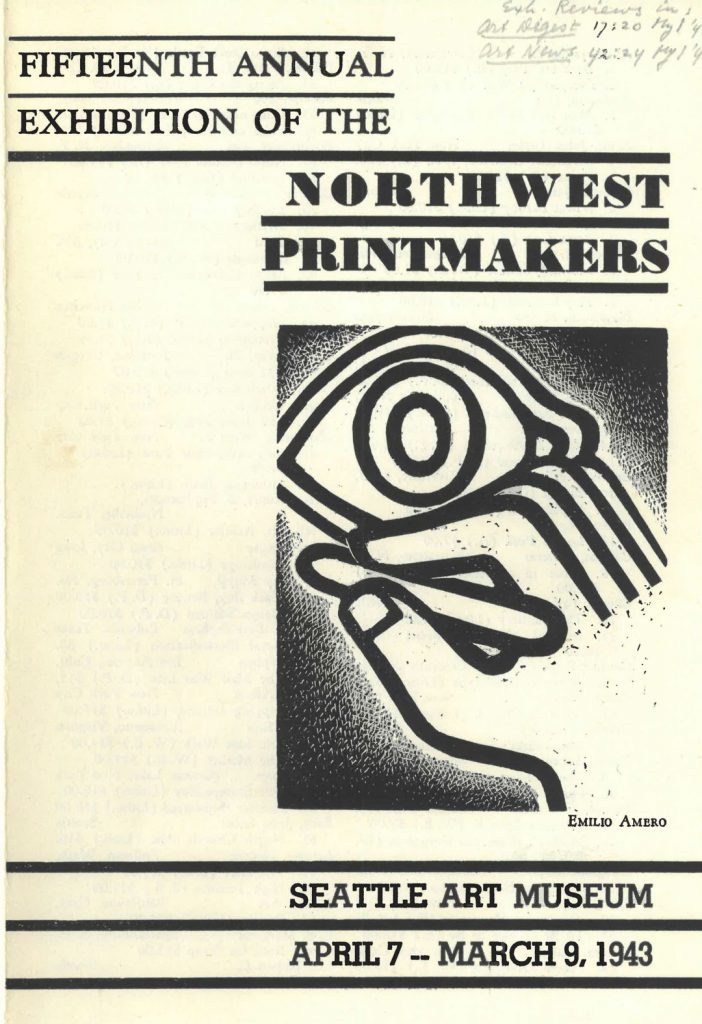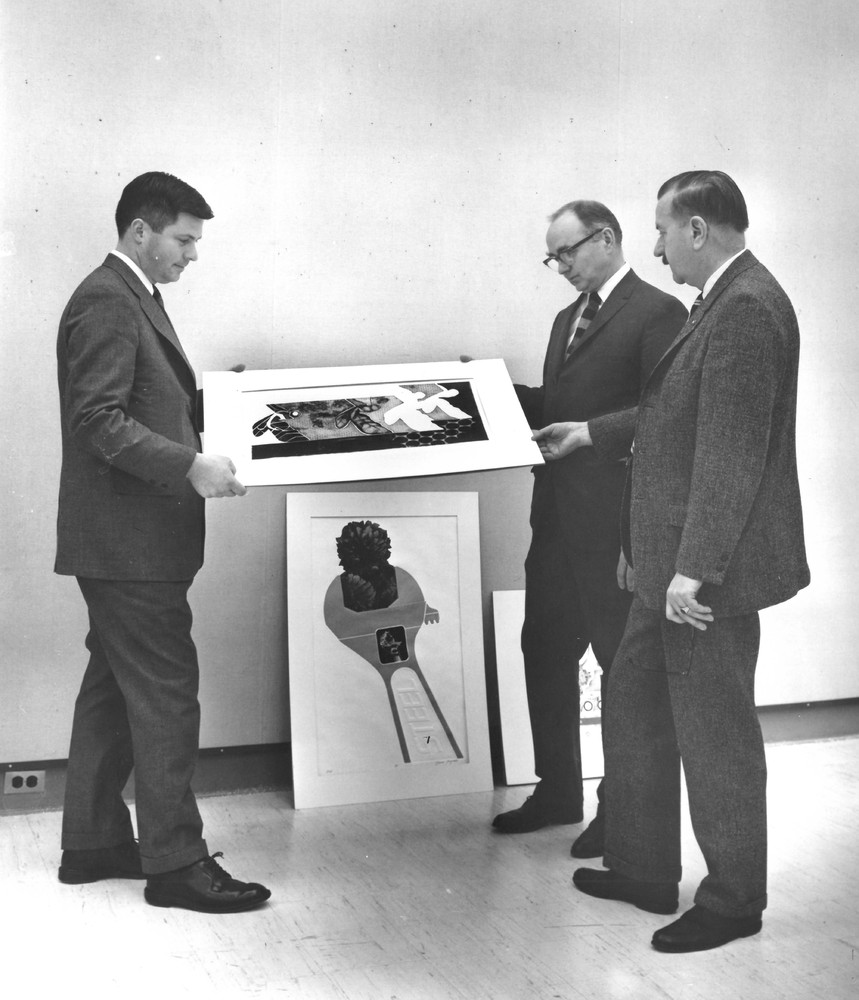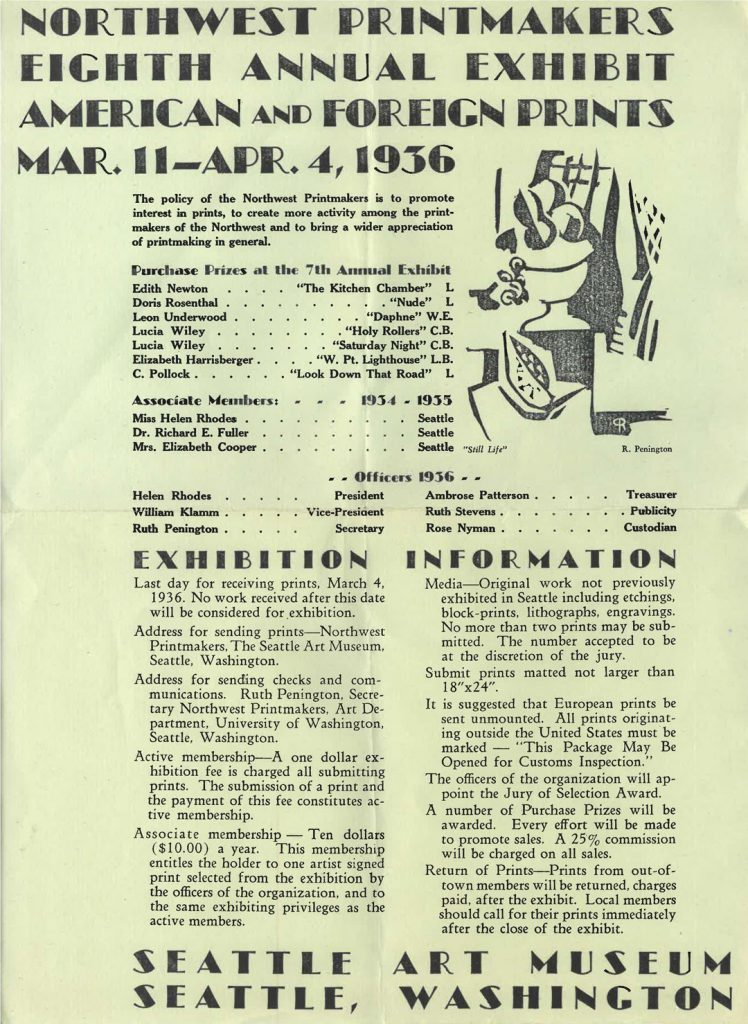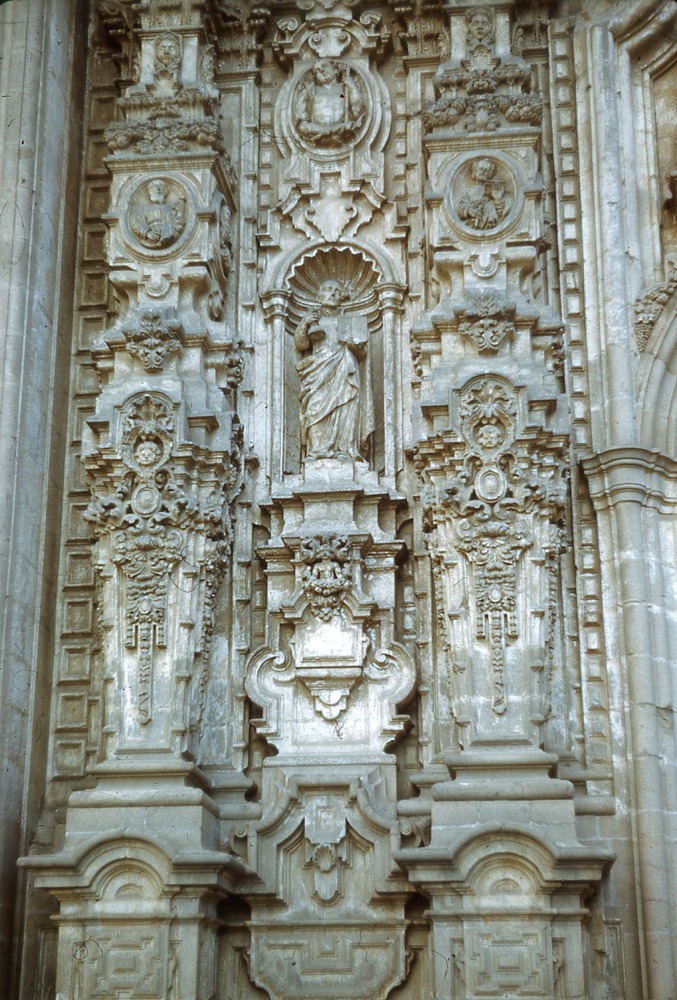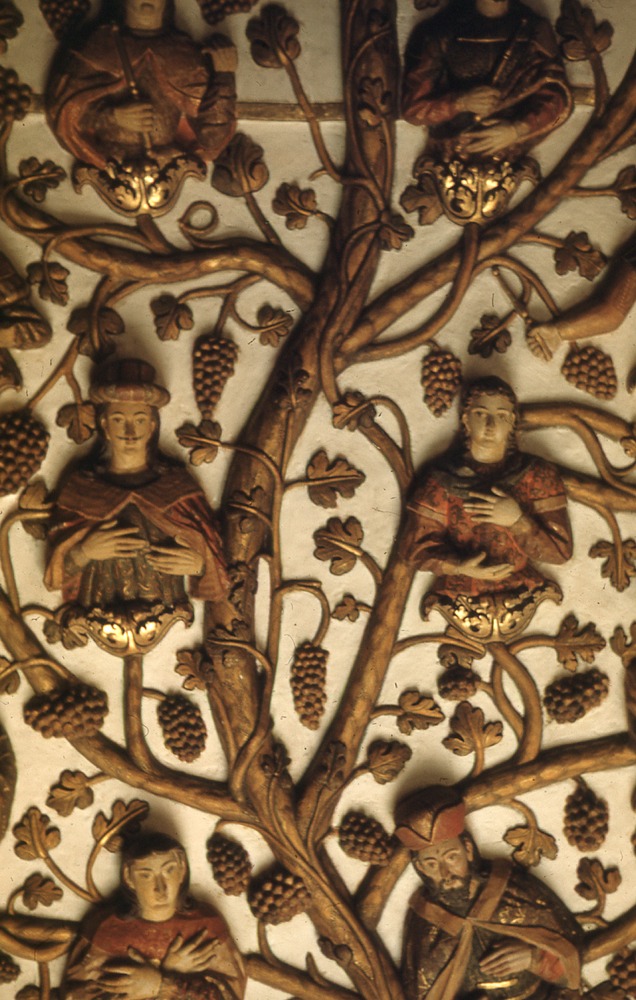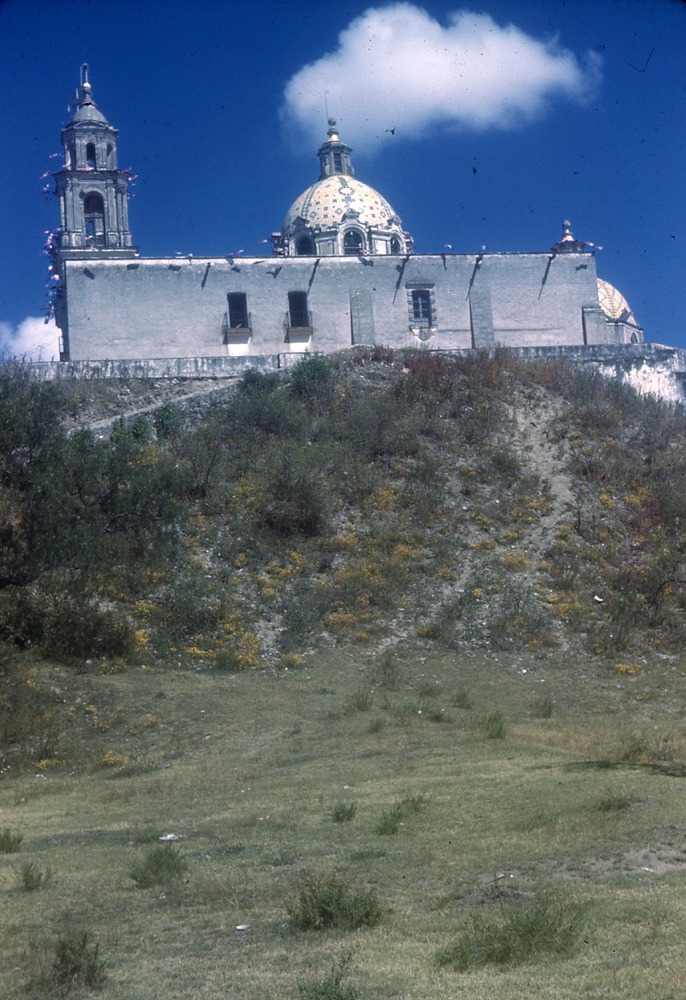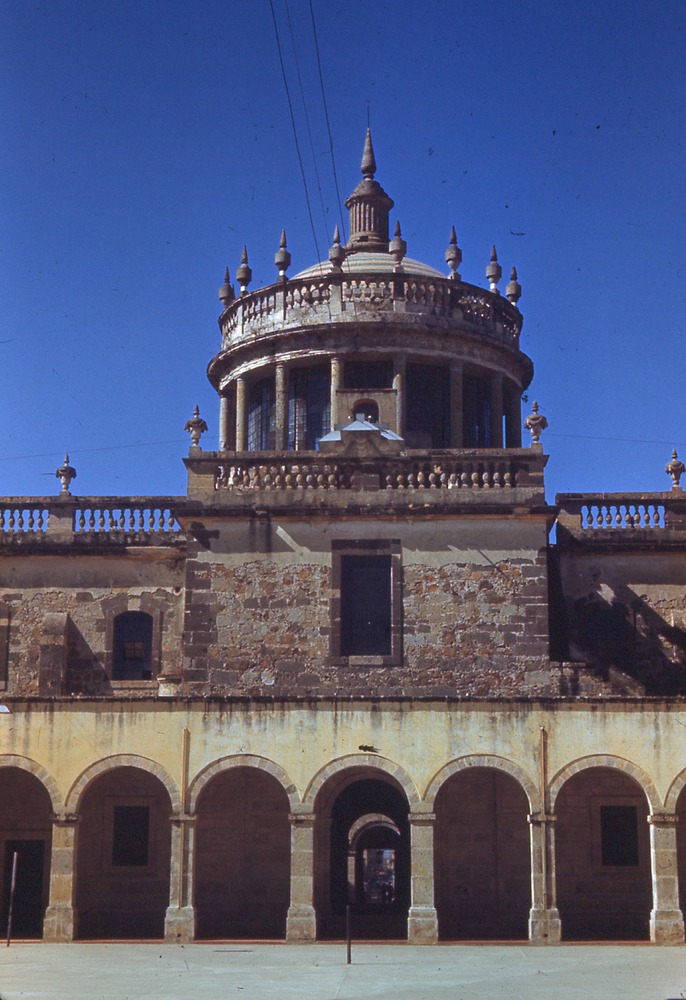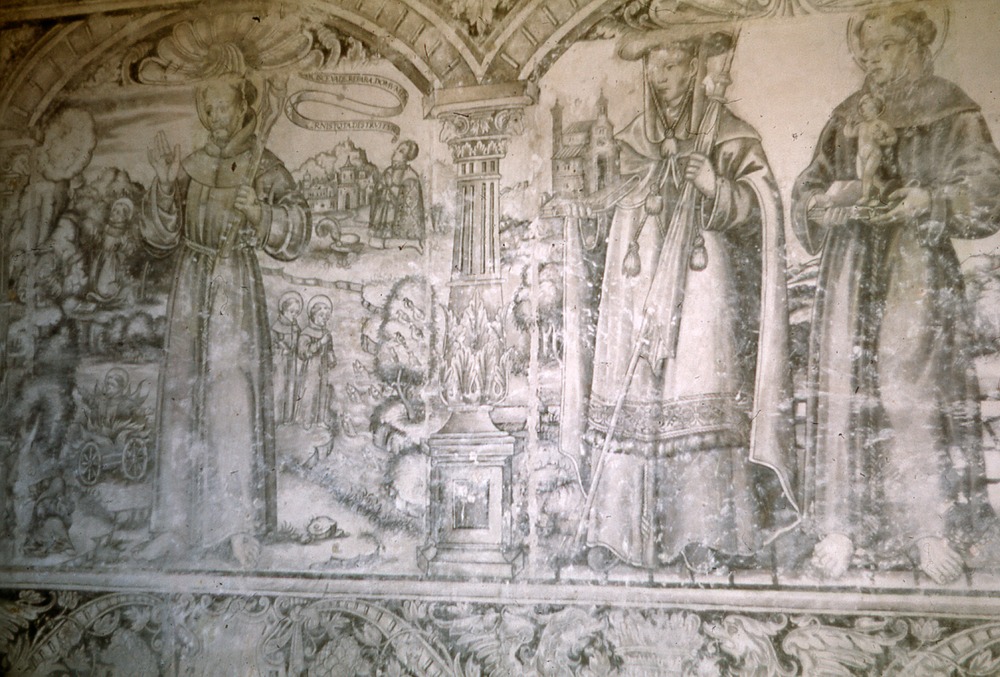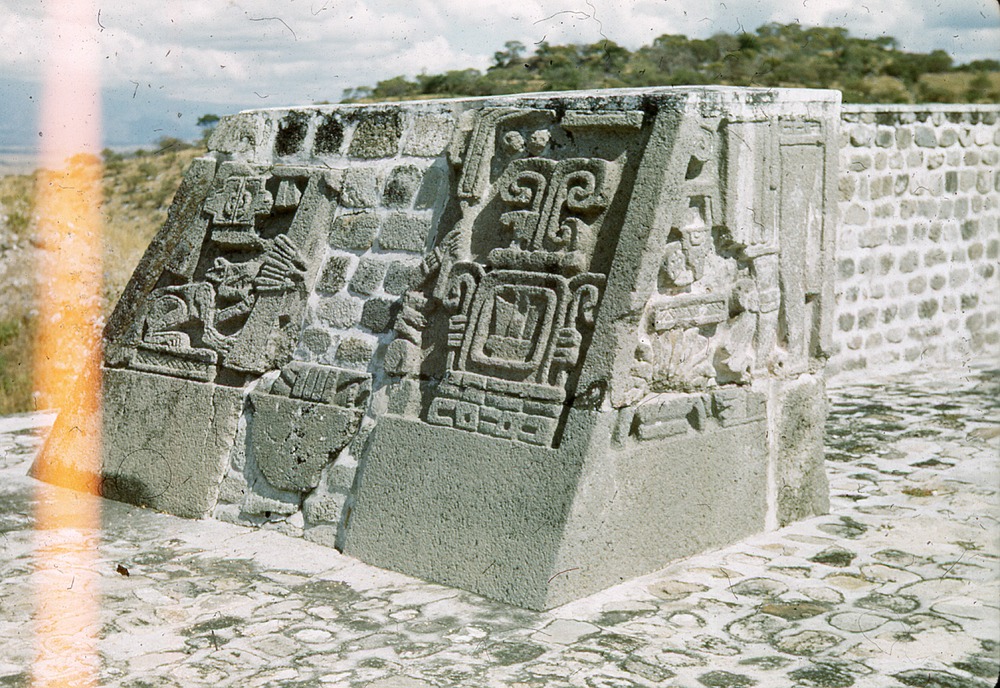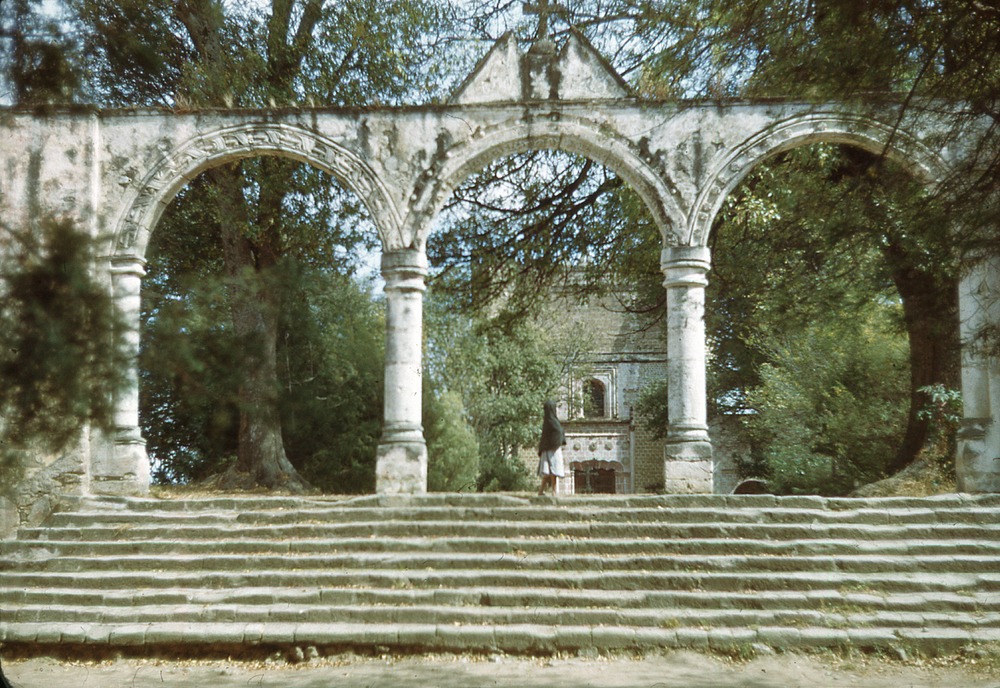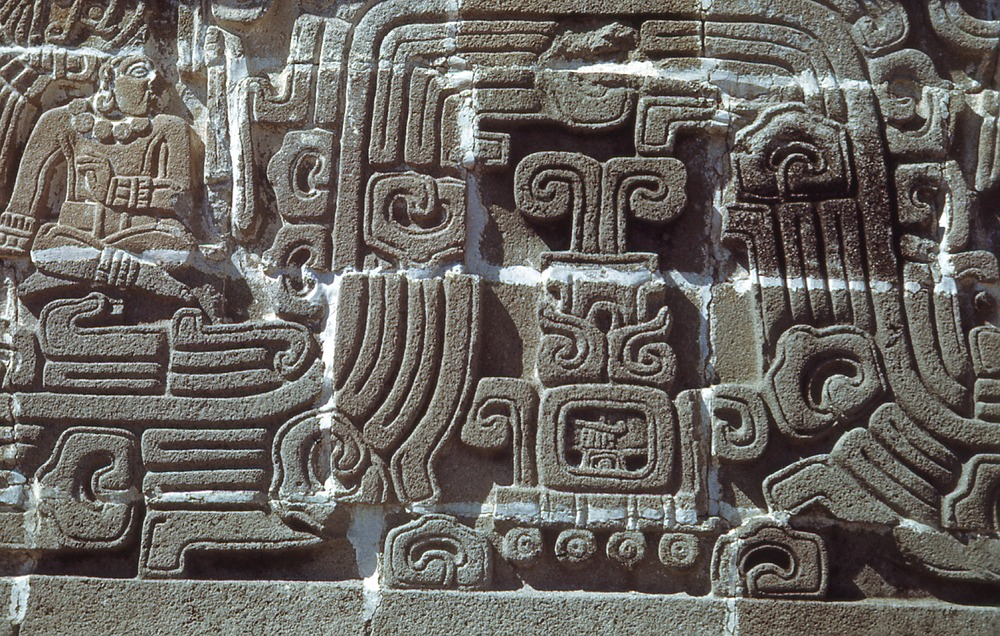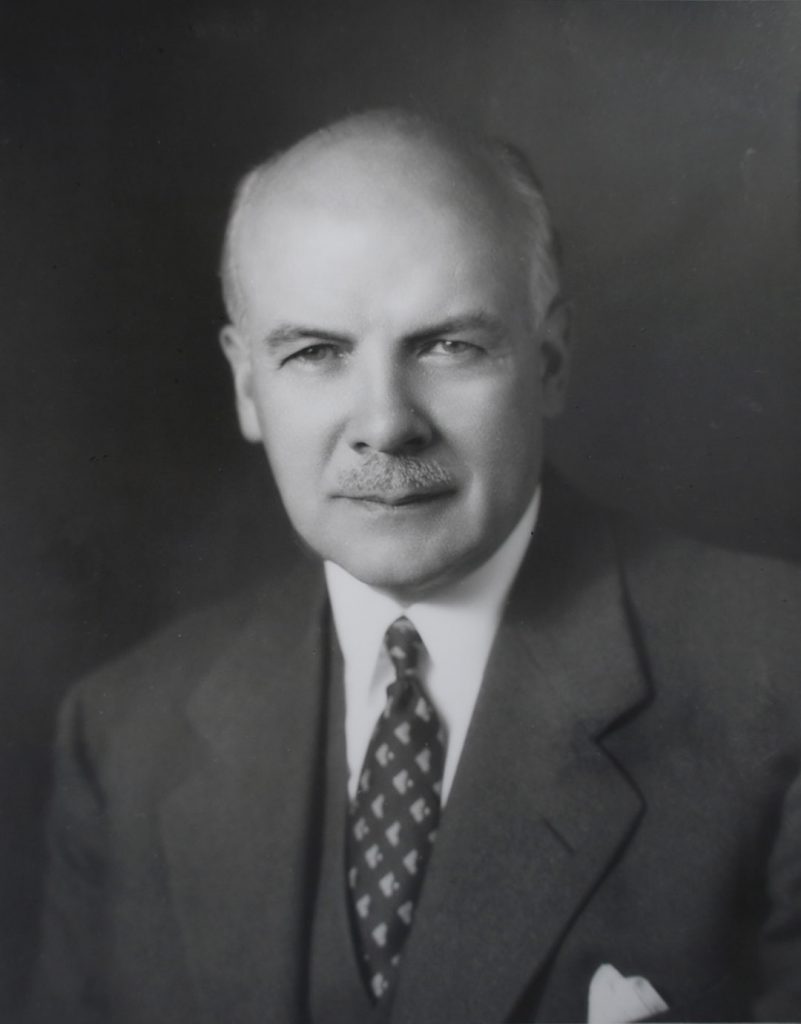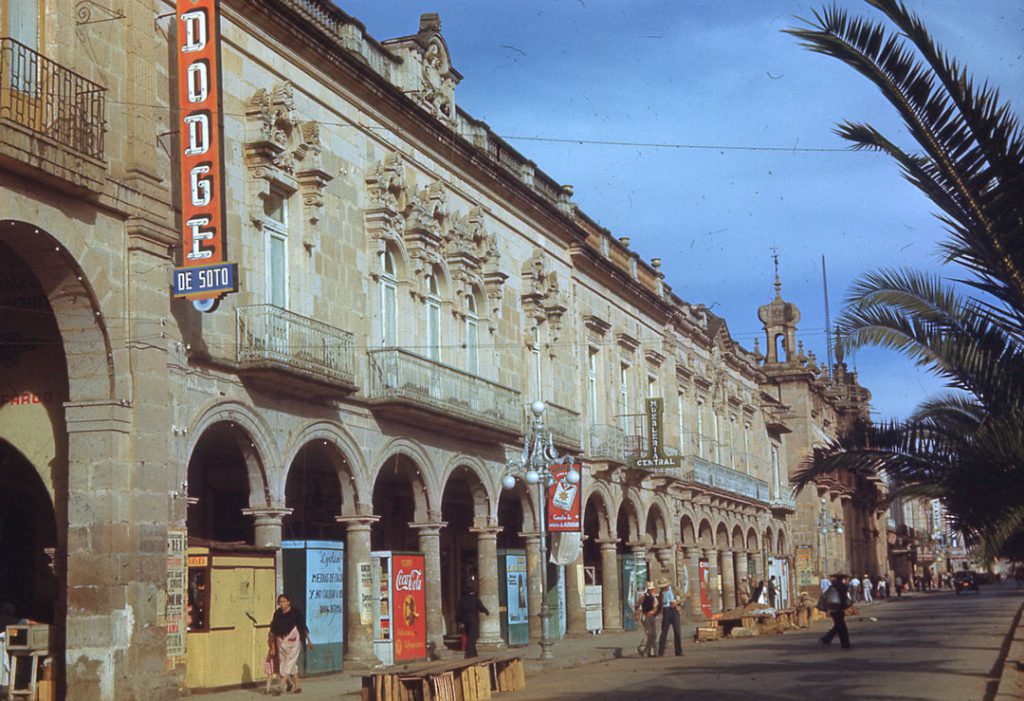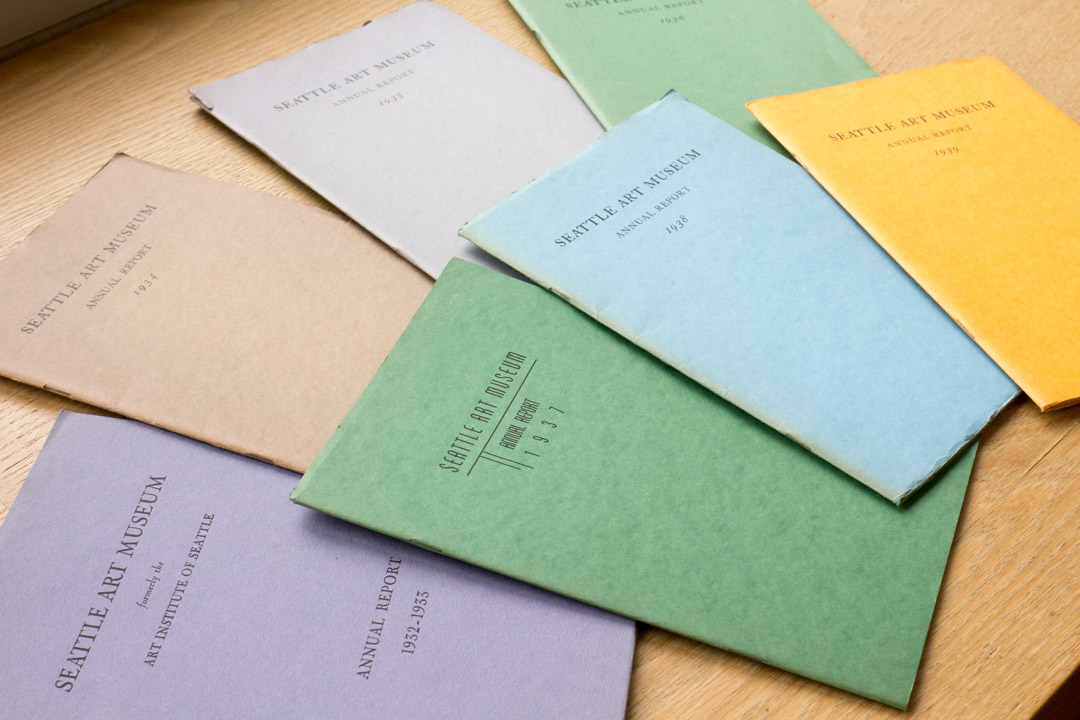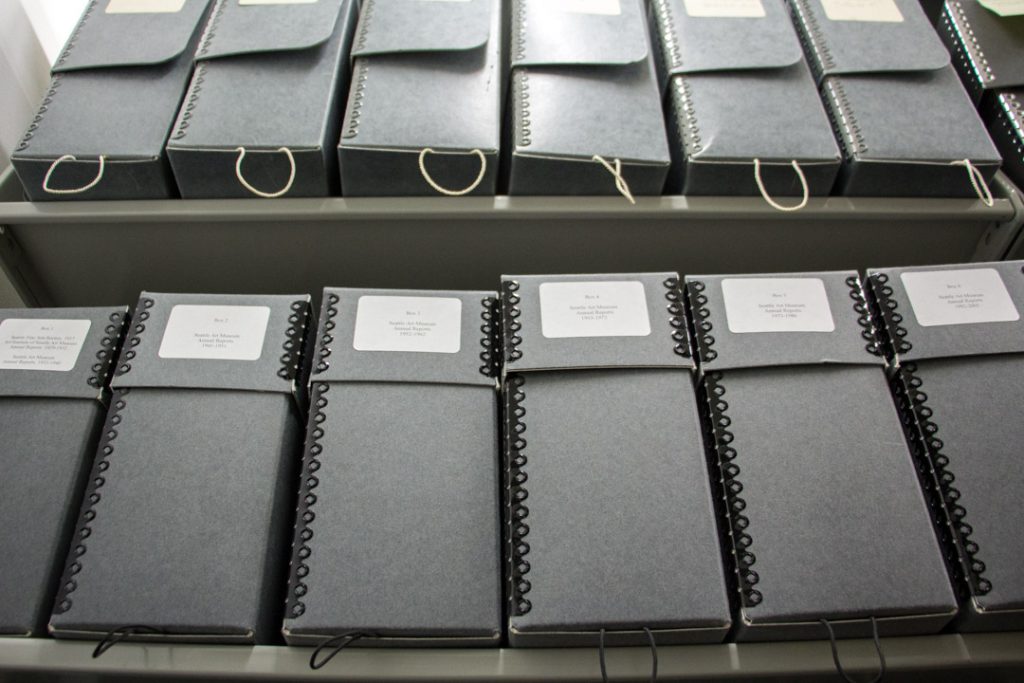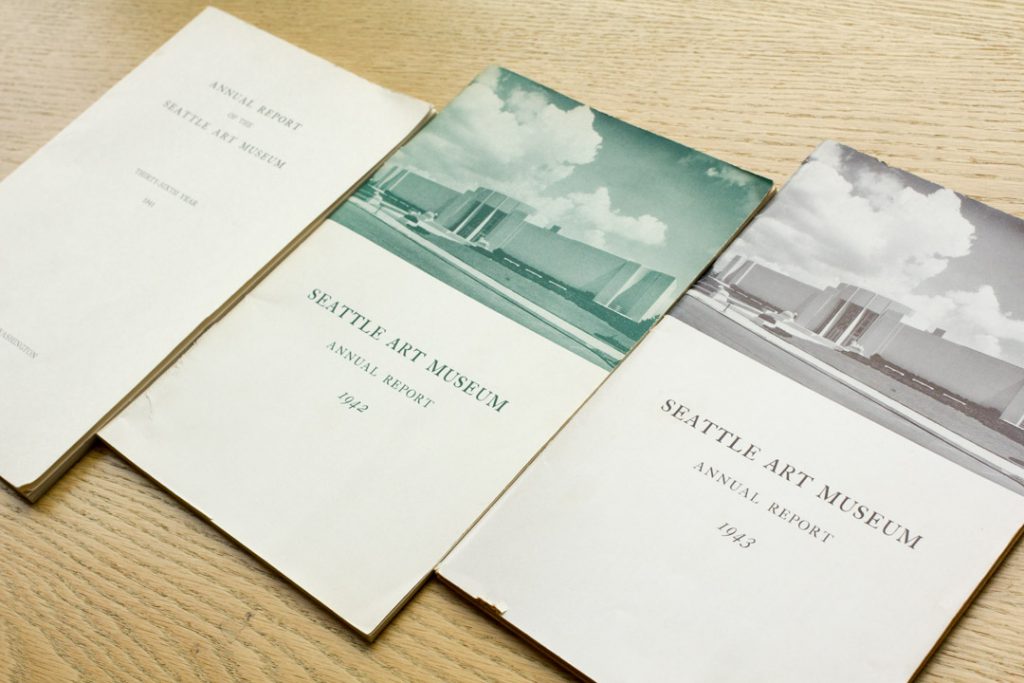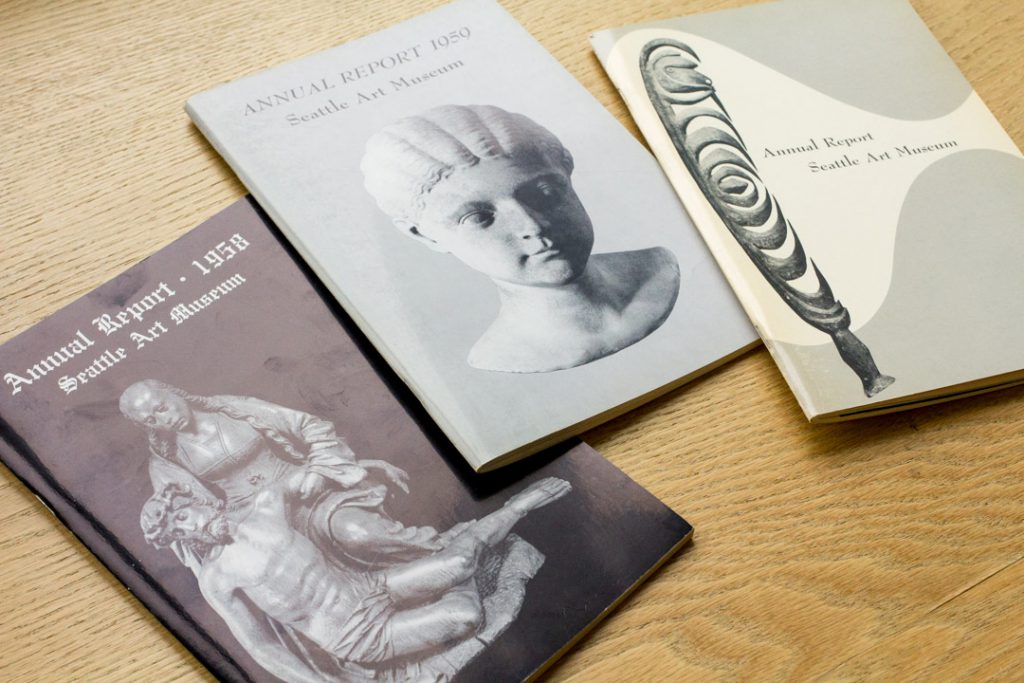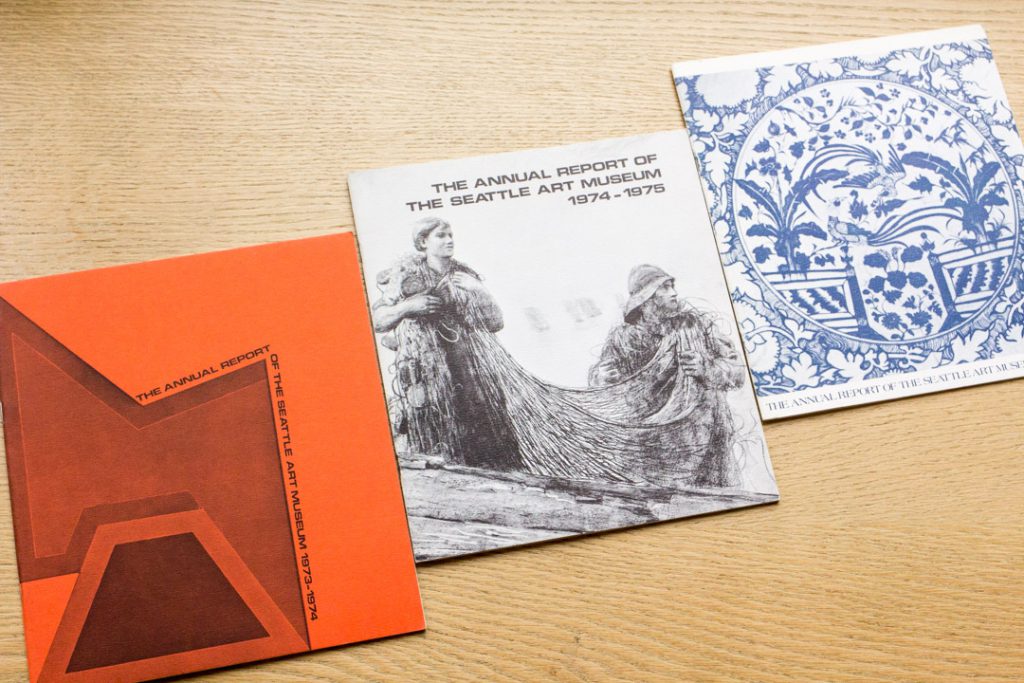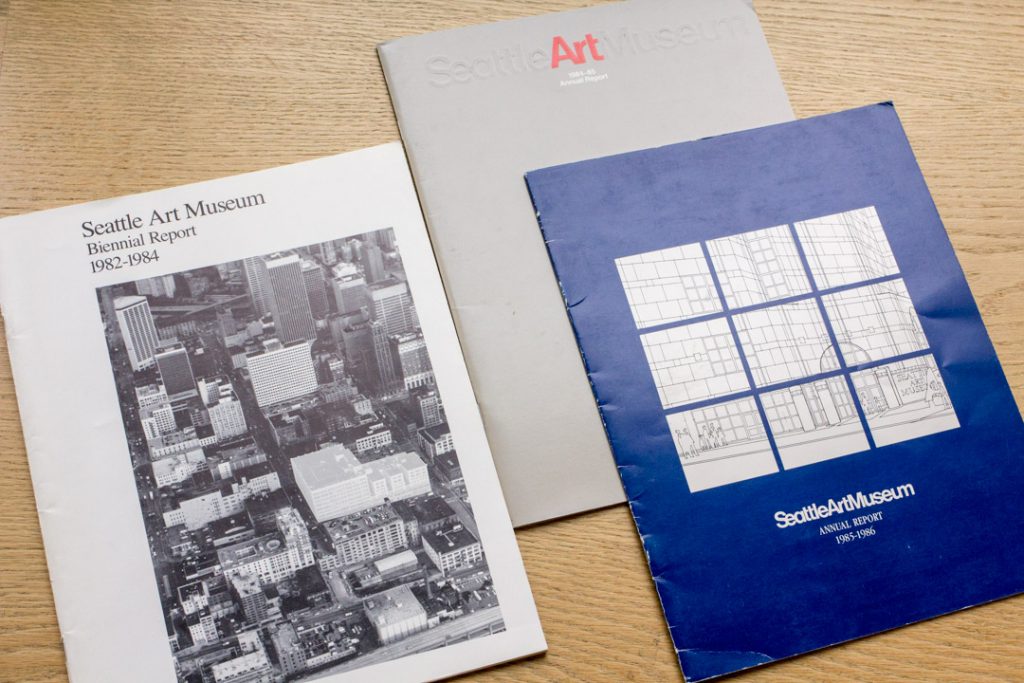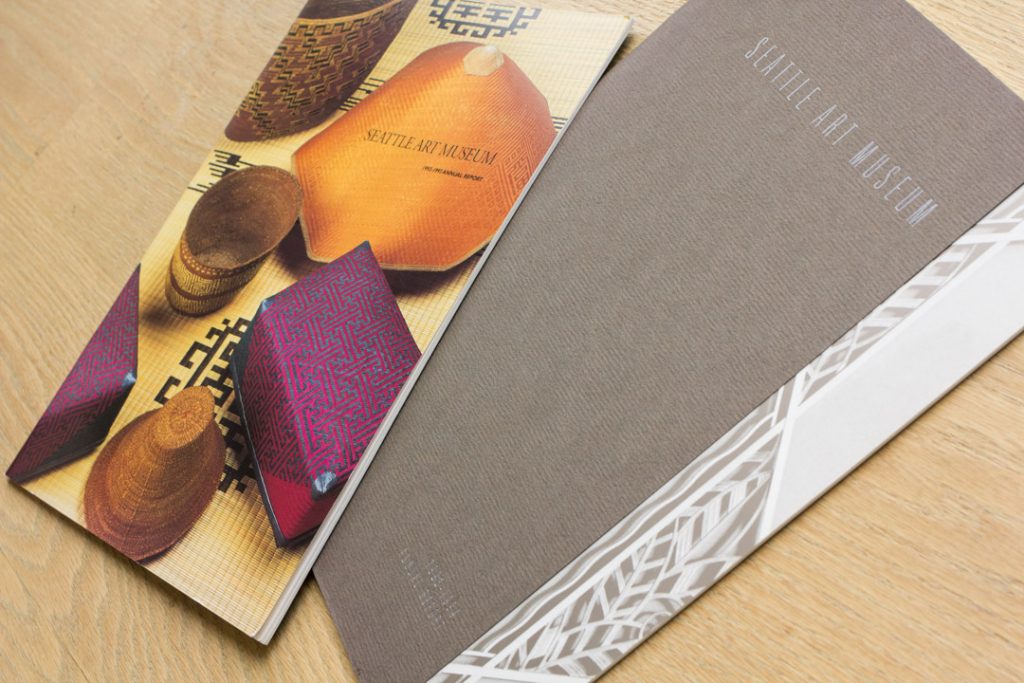An Inside Look at SAM’s Porcelain Room
The SAM Research Libraries strive to develop digital collections that represent our unique holdings. Here, volunteer Kirsten Painter, discusses her efforts to digitize a unique set of slides that represents the 18th century French porcelain collection of two local collectors, Dr. Ulrich and Stella Fritzsche, and features objects now on view in SAM’s Porcelain Room. Digitization is a key method of preservation for unstable photographic media, and, in this case, preservation was especially necessary as this slide collection is the only visual evidence we have of the collection prior to it being dispersed to museums throughout the world.
A new digital exhibit from the Seattle Art Museum Research Libraries offers an illustrated introduction to the world of eighteenth-century porcelain. The exhibit showcases the Dr. Ulrich and Stella Fritzsche Collection of eighteenth-century works from the Vincennes and Sèvres Porcelain Manufactories, including several objects now in the Seattle Art Museum.
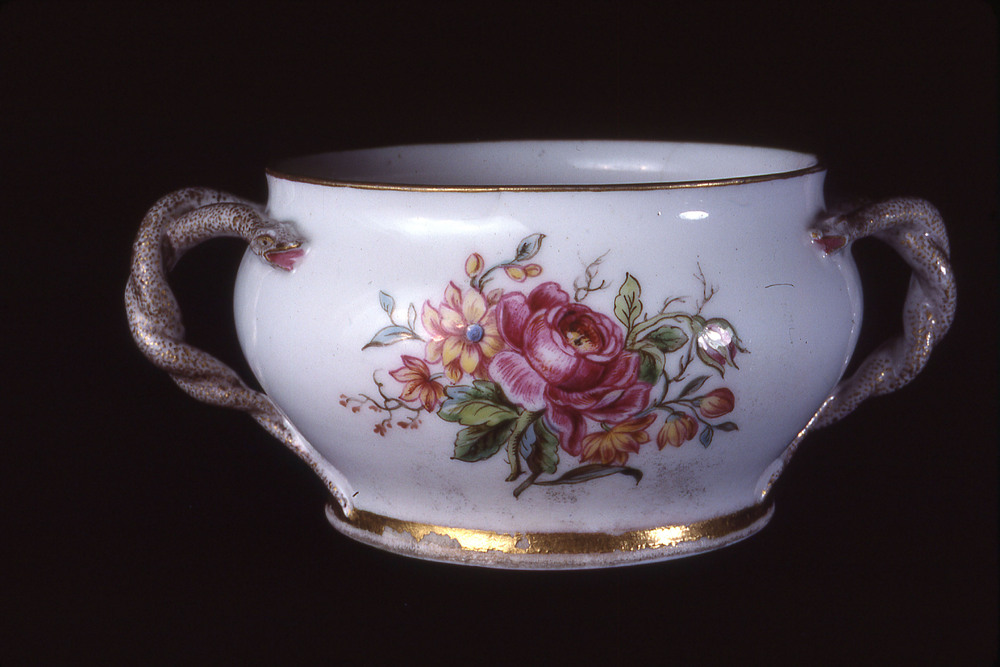
The exhibit offers a fresh view of collecting itself, including Dr. Fritzsche’s philosophy of art collecting and illustrated anecdotes about several of the pieces in his collection. In Dr. Fritzsche’s view, the collector is merely a “temporary guardian” of the art: “You live with the artwork for a while, you preserve it, then you pass it on. It doesn’t belong to you forever.”1
With high-resolution images of several dozen exquisite porcelain pieces, accompanied by explanations of décor, style, color, marks, and historical context, the Fritzsche Porcelain Exhibit also serves as a useful digital guide to anyone wishing to learn more about porcelain history or terminology.
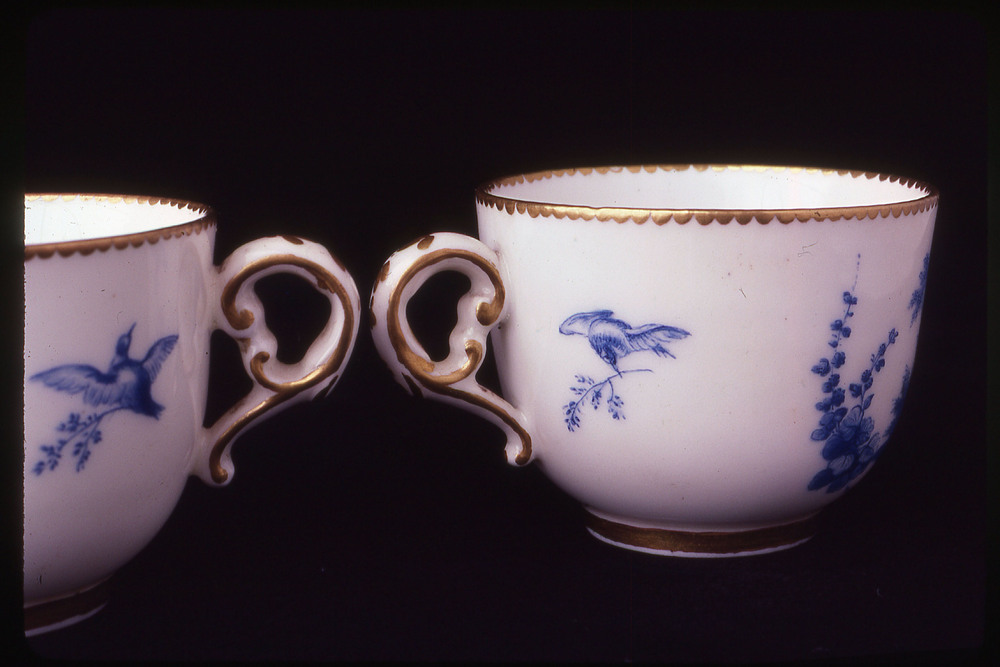
With high-resolution images of several dozen exquisite porcelain pieces, accompanied by explanations of décor, style, color, marks, and historical context, the Fritzsche Porcelain Exhibit also serves as a useful digital guide to anyone wishing to learn more about porcelain history or terminology.
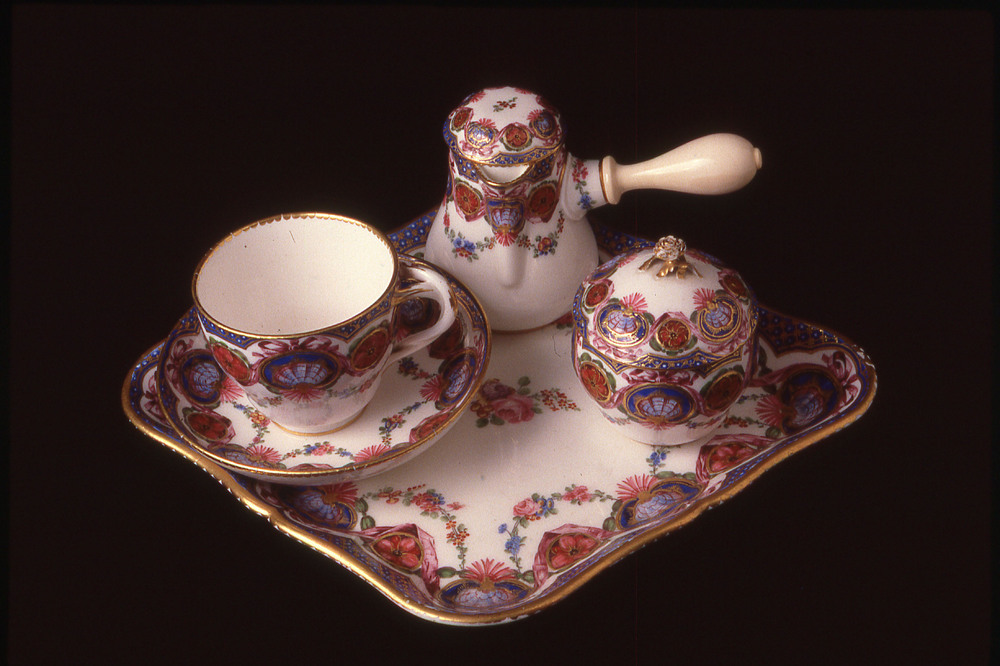
Dr. Fritzsche’s journey as a collector began by chance in 1974, when he happened upon a small tea set in a Seattle antique store run by the artist Jay Steensma; Dr. Fritzsche credits Steensma for inspiring him to become a collector.2
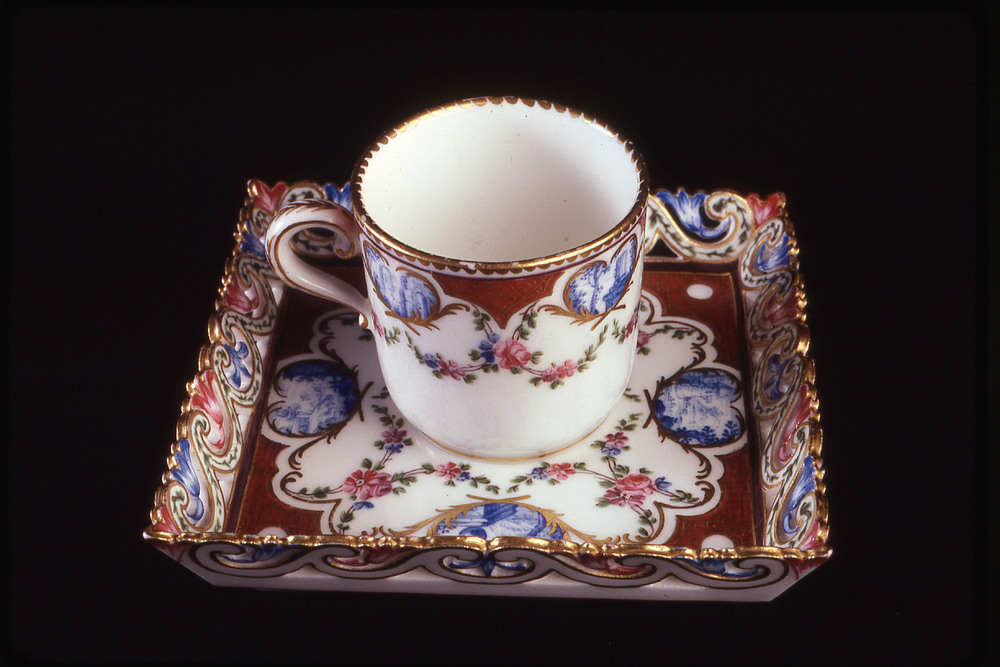
From then on, Dr. Fritzsche aimed not just to assemble a significant collection of porcelain, but also to conduct extensive research about each piece: his philosophy of collecting involved “chasing a piece down and finding out everything about it that I could.”3
It was on Dr. Fritzsche’s initiative that the French Porcelain Society was founded by Kate Foster (Lady Davson) in 1984.4 Read more about Dr. Fritzsche’s experience as a collector here.
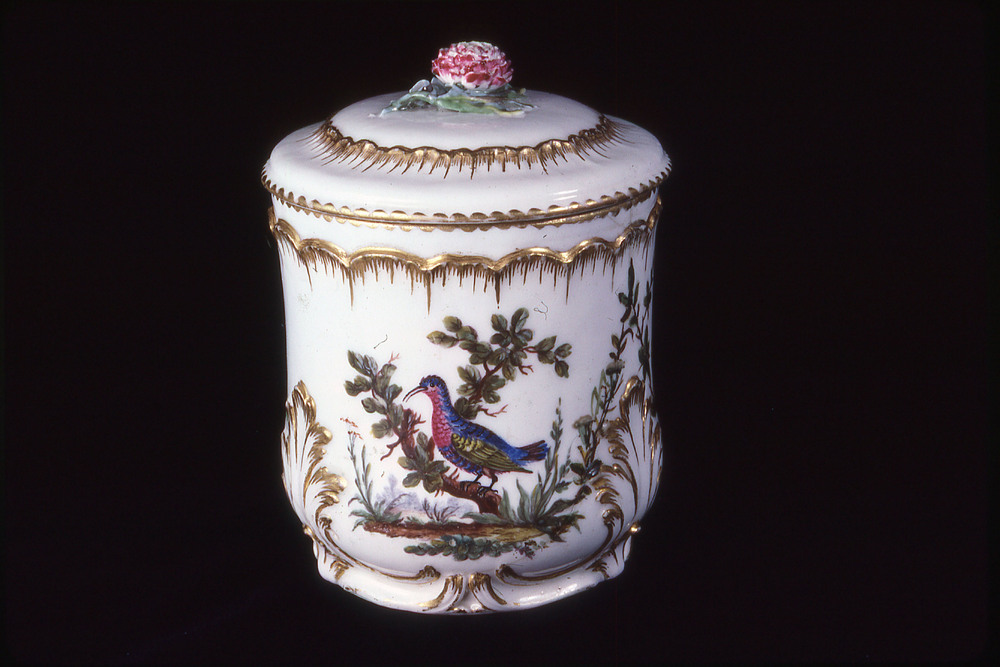
Among the items highlighted in the Fritzsche Porcelain Exhibit are seven objects in SAM’s collection, on display in the Porcelain Room, such as the magnificent blue Flower Vase (cuvette à fleurs Courteille), which originally belonged to Madame de Pompadour, and is notable for its painting of the maritime Battle of Solebay. Julie Emerson credits Dr. Fritzsche himself for unearthing this object’s relation to Madame de Pompadour’s inventory, while the vase was part of his collection.5
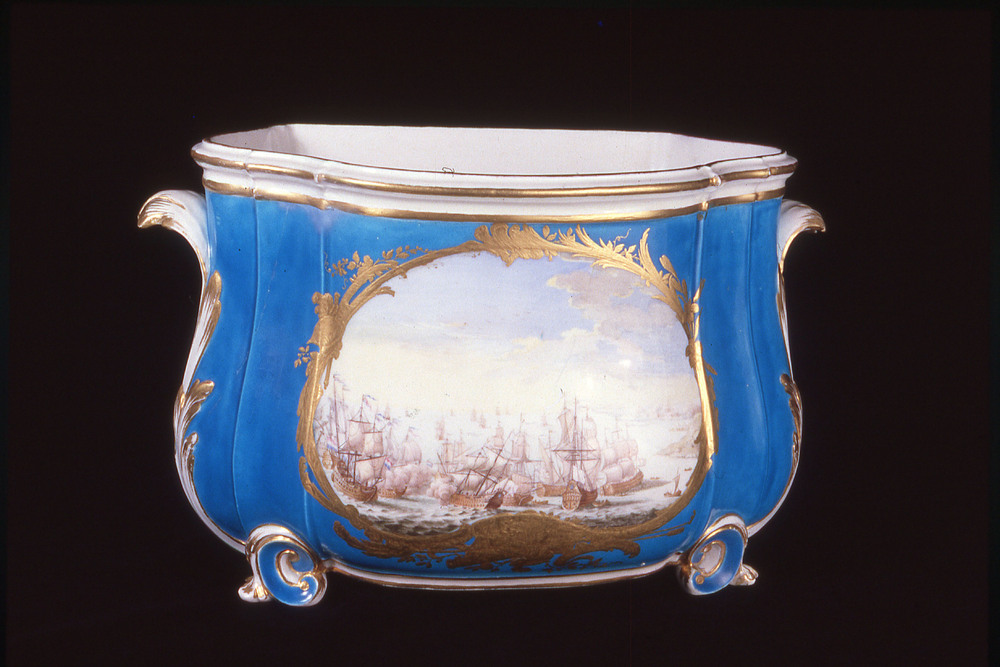
More easily overlooked, but exquisite in its minuteness, is the Three-Legged Teapot (théière à trois pieds), located in the “Early Porcelain” case on the left (northern) wall of the Porcelain Room.6 Its white body, gilded with a fanciful bird design, stands on paw-like feet with gilded toes. Its surprisingly tiny size could be due to the eighteenth-century custom of brewing a small, concentrated amount of tea, to be later diluted with hot water,7 a custom still prevalent in Russia, among other places. Dr. Fritzsche tells the colorful story of how he acquired this rare teapot in Paris here.
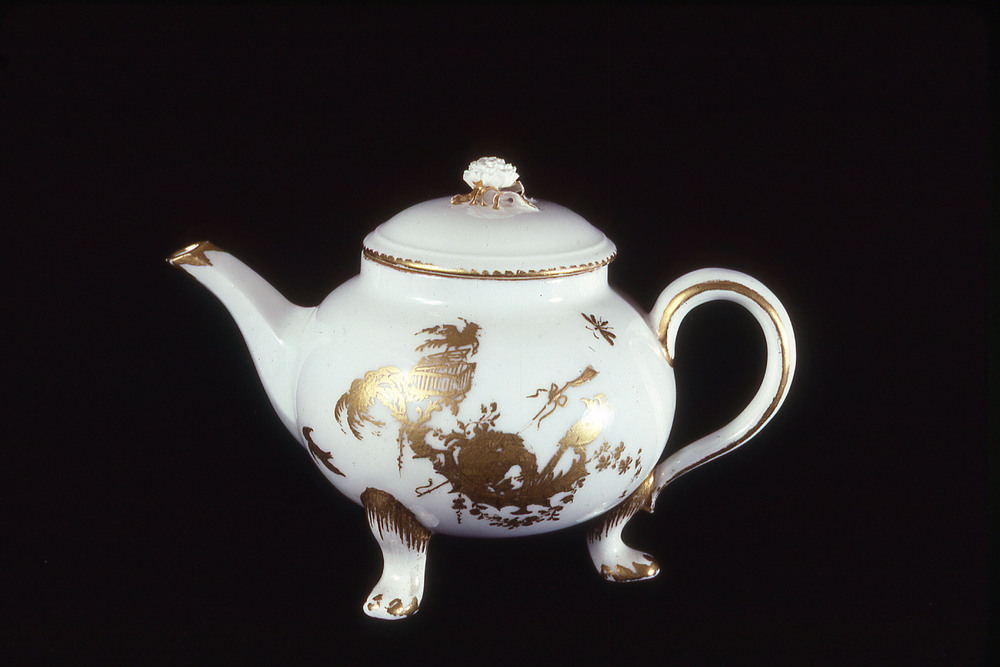
Just to the right of the little Teapot in the “Early Porcelain” case is the elegant Sugar Spoon (cuillière à sucre), whose dual gilded handles are intertwined like sinuous vines. Such spoons, designed most likely by Jean-Claude Duplessis, the artistic director at Sèvres, were exceedingly rare due to the fragility of the handle.8 Stella Fritzsche notes that this spoon was one of her favorite pieces in their entire collection. Read more about Stella Fritzsche’s memories of their collecting years here.

Another inherently fragile structure is the footed eggcup on a narrow stem; like the spoon, it is rare because easily breakable, so this style was later replaced with a more durable footless eggcup model.9 Two such footed Eggcups (coquetiers à pied), on slender stems, each adorned with colorful painted flowers, are in the “Botanicals” display case, on the right (southern) wall of the Porcelain Room.
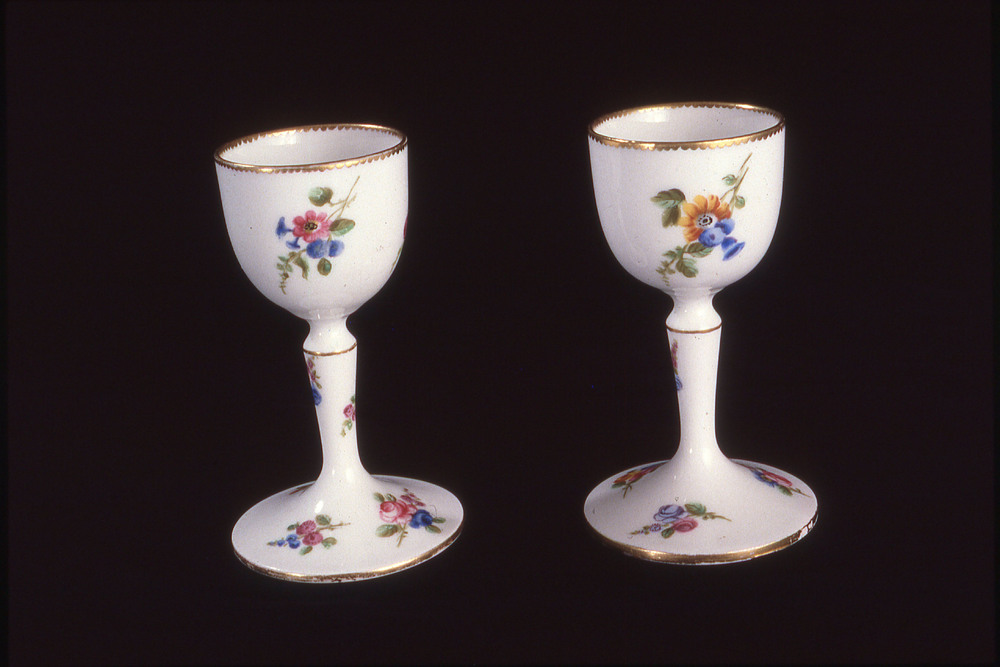
The Litron Cup (gobelet litron), delicately painted with Chinoiserie décor, is an eye-catching embodiment of the eighteenth-century fad for the Chinese style. It stands prominently at the center of the “West Meets East” display case in the Porcelain Room (left/northern wall). This teacup shape, the Litron Cup (gobelet litron), was the most frequently produced at the Sèvres factory; its straight-sided, cylindrical form was modeled after a traditional wooden measuring cup for salt and grains.10

The Fritzsche Collection contains several examples of the litron teacup style. Read more in the exhibit about other shapes of teapots and teacups (Calabre Teapot, Bouillard Cup), and eighteenth-century tea-drinking habits.
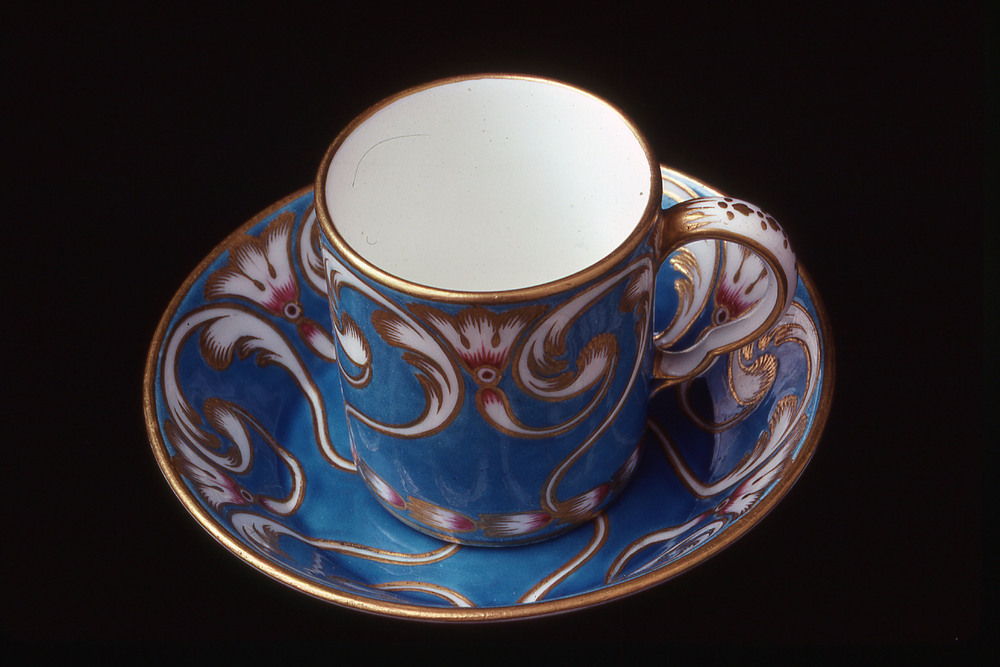
Aside from the objects from the Fritzsche Collection now in SAM’s Porcelain Room (read the complete list here), the Fritzsche Collection contains almost 100 images of porcelain now residing in museums and collections worldwide.
The rich histories of selected distinctive pieces, such as the Catherine the Great Service, are highlighted in the exhibit. Some objects have unexpected backstories. The hunting scene on the pink Wine Bottle Cooler was likely inspired by Jean-Baptiste Oudry’s tapestries, and may represent King Louis XV on a stag hunt.11 Read more in the exhibit regarding the way scenes of hunting parks underscored Louis XV’s domestic agenda and persona as the “hunter-king.”12
The Fritzsche Collection contains a rich variety of bird imagery, from the scientifically inspired Buffon birds on Dodin’s Partridge-Eye Plate (assiette, œil de perdrix) to the fantastical, extravagantly plumed birds on pieces by Thévenet and Chappuis.
Delving back into the forgotten lives of the porcelain painters and gilders who decorated these objects, the exhibit also attends to life within the factory community itself. Some of the artists arrived at Vincennes or Sèvres as apprentices, as young as age nine, and stayed there for their entire lives; their wives and children often worked at the factory as well.13 The exhibit includes biographies of these little-known figures and an illustrated sampling of the evocative, mysterious painters’ marks that have fascinated porcelain scholars for generations.
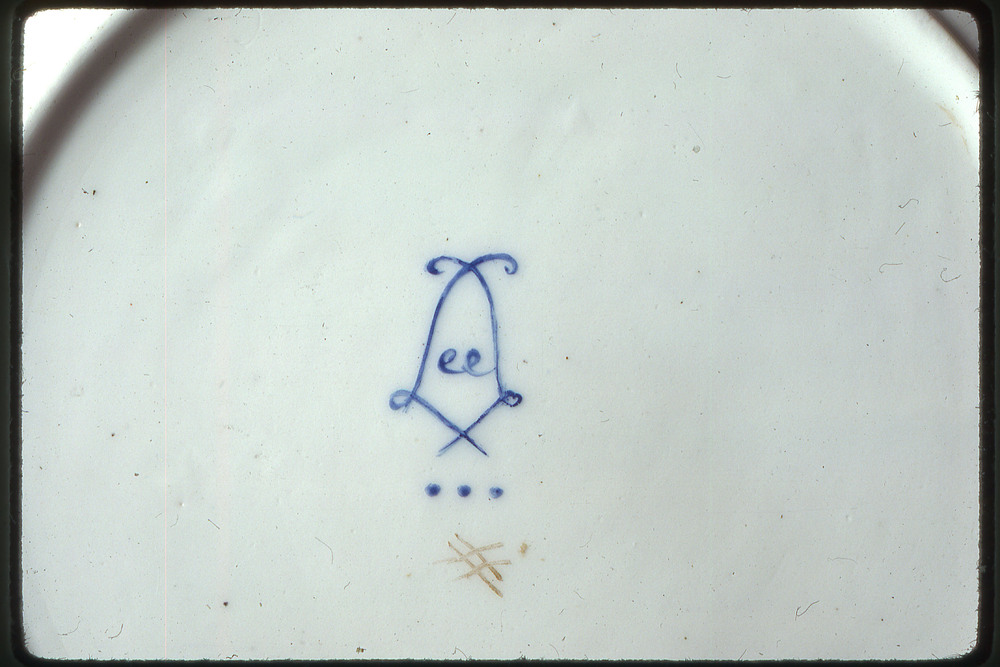
Focusing also on technique, the exhibit discusses methods for firing and glazing, the usage of different shades of blue, and a variety of decorative methods, such as œil de perdrix, rose marbré, vermiculé, and caillouté.
The Fritzsches documented their collection with an array of slides, taken by the photographer Ted D’Arms, which they have donated to SAM’s Dorothy Stimson Bullitt Library, along with Dr. Fritzsche’s extensive Collector’s Notes, and the Fritzsche Library on Decorative Arts, comprising his entire collection of scholarly reference works on porcelain.
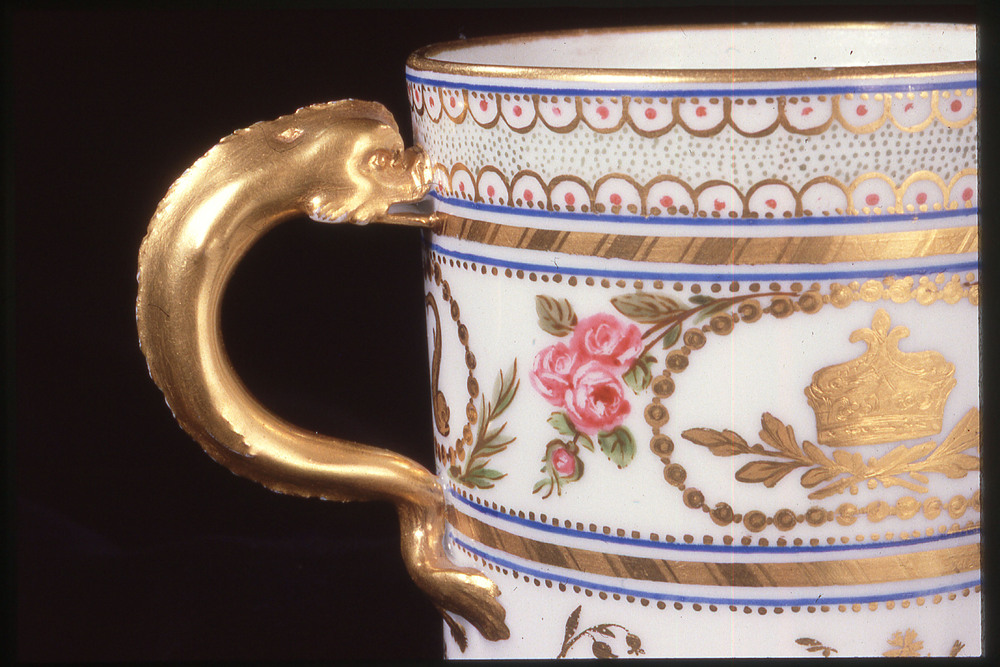
The Fritzsche Porcelain Digital Collection was created between 2017 and 2020. The project included digitization of Dr. Fritzsche’s slides, interviews of the Fritzsches from 2018–19 about their lives as collectors, research into the historical context and style of pieces in the collection, and creation of an exhibition website meant to provide broader context to this magnificent collection, both within the eighteenth century when these objects were made, and within the twentieth century when they were most recently collected.
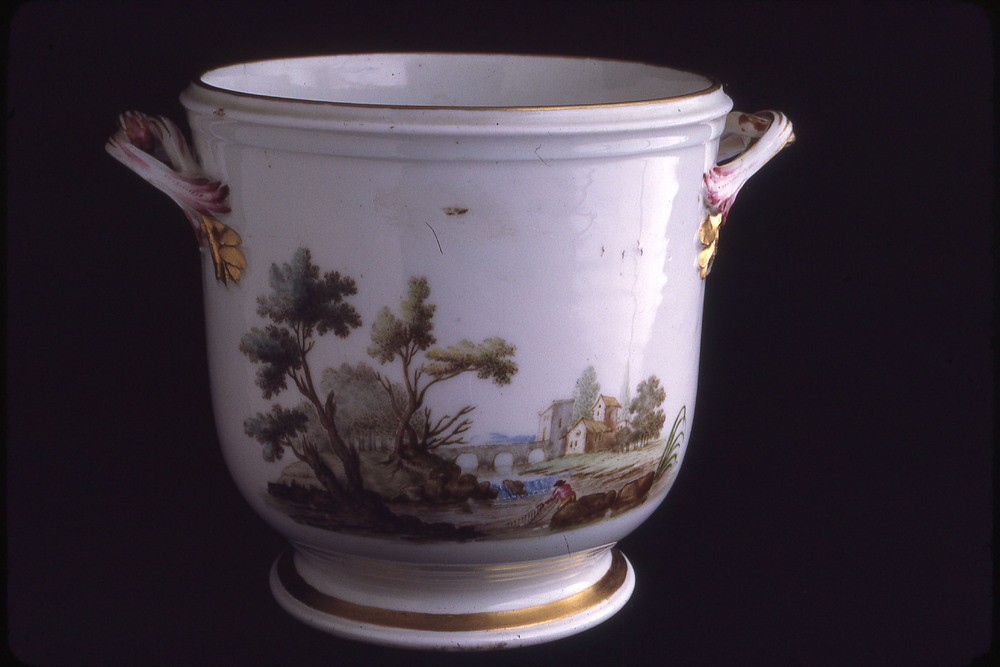
– Kirsten Painter, SAM Volunteer, Dorothy Stimson Bullitt Library
1 Ulrich Fritzsche, interview conducted and transcribed by Kirsten Painter, Seattle Art Museum Bullitt Library, November 12, 2019.
2 Ibid.
3 Ibid.
4 “Inspired by the collector Ulrich Fritzche of Seattle, who organized a first informal dinner, our founder’s goal was to bring together collectors, museum curators, dealers, auction specialists and enthusiasts so they could enjoy each other’s company, share their passion for French porcelain, and promote its study” (“Our History,” The French Porcelain Society, 2021, https://www.thefrenchporcelainsociety.com/about-us/our-history/).
5 Julie Emerson, “Victory at Sea: A Vincennes Cuvette Painted with a Battle-Scene,” French Porcelain Society Journal 3 (2007): 66n19; Ulrich Fritzsche, “Ulrich and Stella Fritzsche Collection of Vincennes–Sèvres Porcelain,” unpublished manuscript, Seattle Art Museum Library Archives/Special Collections (Seattle, 2018), 7, https://samlibraries.omeka.net/items/show/2991.
6 Titles of the cases in the Porcelain Room are from Seattle Art Museum, Guide to the Porcelain Room, texts by Julie Emerson et al. (Seattle: Marquand Books, 2007), accessed August 2021, https://www.seattleartmuseum.org/Documents/SAMPorcelainGuide_4mg.pdf.
7 Denis Diderot, Encyclopédie (1757–80), cited in Rosalind Savill, The Wallace Collection: Catalogue of Sèvres Porcelain (London: Trustees of the Wallace Collection, 1988), 2:490.
8 Svend Eriksen, Davids Samling: Fransk porcelæn/The David Collection: French Porcelain (Copenhagen: Davids Samling, 1980), 66; Svend Eriksen and Geoffrey de Bellaigue, Sèvres Porcelain: Vincennes and Sèvres 1740-1800, trans. R. J. Charleston (London: Faber and Faber, 1987), 275.
9 Eriksen and De Bellaigue, Sèvres Porcelain, 305.
10 Rosalind Savill, The Wallace Collection: Catalogue of Sèvres Porcelain (London: Trustees of the Wallace Collection, 1988), 2:501.
11 Ulrich Fritzsche, “Ulrich and Stella Fritzsche Collection of Vincennes–Sèvres Porcelain,” unpublished manuscript, Seattle Art Museum Library Archives/Special Collections (Seattle, 2018), 14, https://samlibraries.omeka.net/items/show/2991; The Huntington Art Museum Catalog Online, The Huntington Library, Art Museum, and Botanical Gardens (San Marino, CA), no. 27.52, accessed August 2021, http://emuseum.huntington.org/collections.
12 Julie Anne Plax, “J.-B. Oudry’s Royal Hunts and Louis XV’s Hunting Park at Compiègne: Landscapes of Power, Prosperity and Peace,” Studies in the History of Gardens & Designed Landscapes 37, no. 2 (2017): 102–19, doi: 10.1080/14601176.2016.1169709; Colin Bailey, “A Long Working Life, Considerable Research and Much Thought: An Introduction to the Art and Career of Jean-Baptiste Oudry (1686–1755),” in Oudry’s Painted Menagerie: Portraits of Exotic Animals in Eighteenth-Century Europe, ed. Mary G. Morton (Los Angeles: J. Paul Getty Museum, 2007), 10.
13 Savill, Wallace Collection, 3:991.
Photo: Installation view Porcelain Room, Seattle Art Museum, 2007, photo: Nathaniel Wilson.
